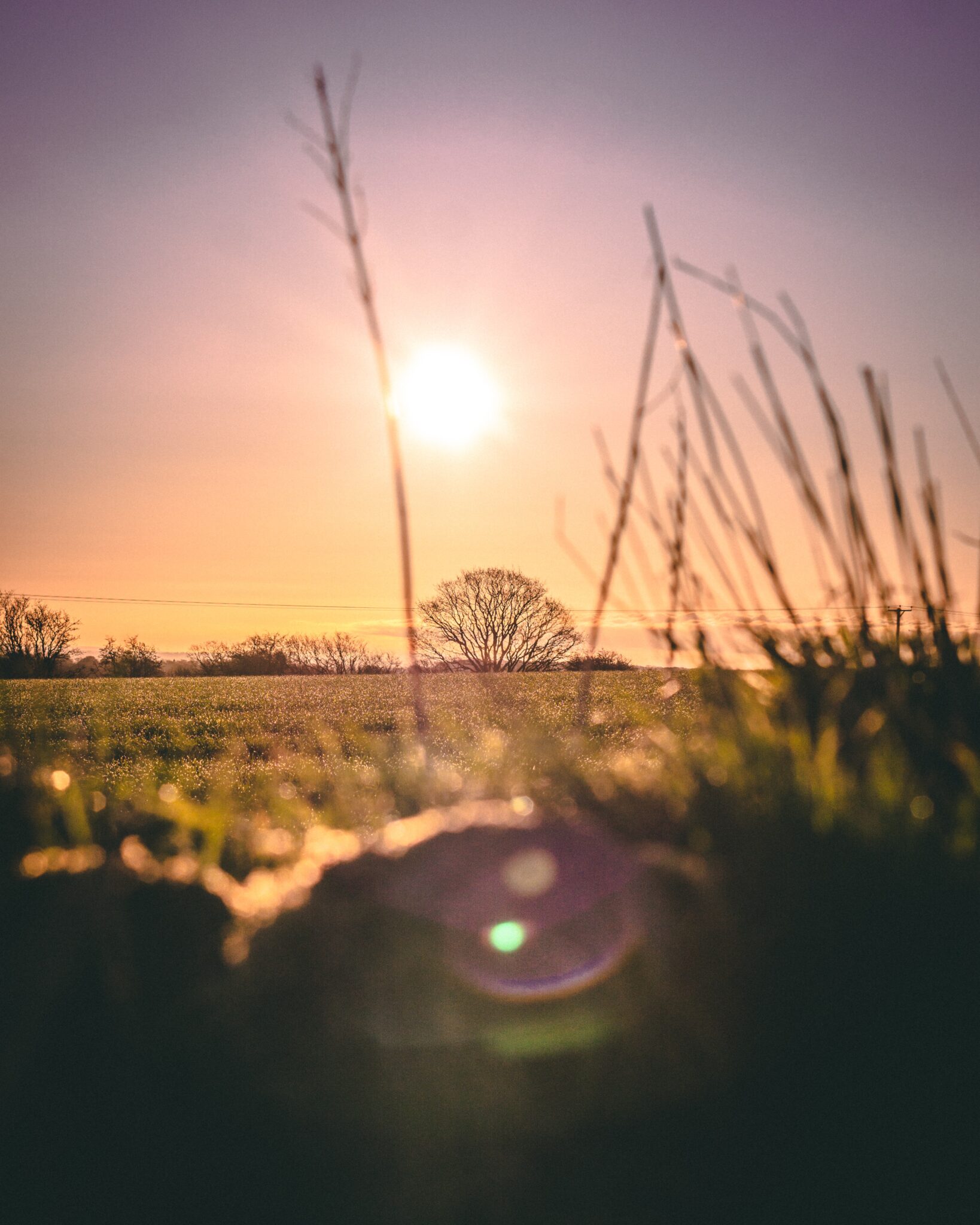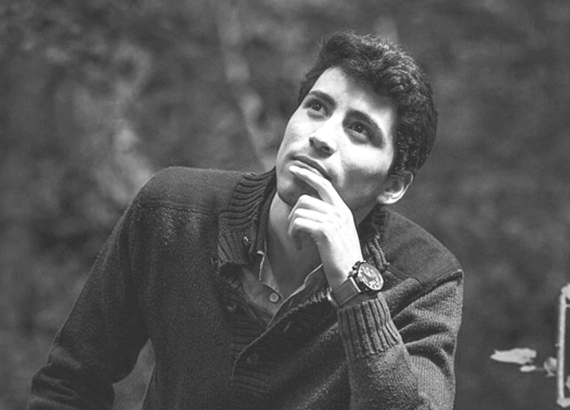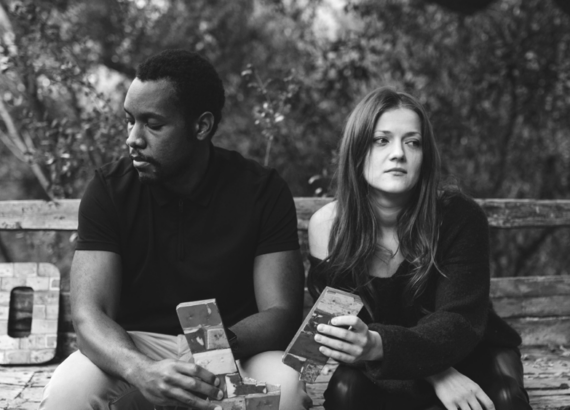Mindfulness 102: The What and How of Mindfulness

Author: Rebecca Blankenship
- What do we need to do to be mindful?
- How do we practice mindfulness?
Dialectical Behavioral Therapy, a skills-based therapy developed by Marsha Linehan, answers this exact question by breaking down mindfulness into two sets of skills: What Skills and How Skills.
Mindfulness allows us to be fully in the present moment, at least as best as we can be, and aware of our external and internal experiences. As I described in Mindfulness 101: The Basics, mindfulness has many benefits for our mental health. When we are in the present, we are not weighed down by anxiety and distress related to future worries or past negative experiences.
Mindfulness does take practice and can be intimidating to begin, so the What and How Skills are helpful in breaking it down step by step. You can practice each of the What Skills or How Skills individually or combine them into your mindfulness practice. I will share a description of each of the skills as well as some of my favorite ways to practice them. Information on the skills is adapted from The DBT Skills Training Manual by Marsha Linehan (2015).
The What Skills are exactly as their name suggests, they focus on what we are doing when we are practicing mindfulness.

Observe
This mindfulness skill is all about simply being aware and noticing. You don’t label your experiences. In fact, this skill can be described as “wordless watching.” How often do you go about your day without observing your surroundings? To be cliche, how often are there roses you don’t stop to smell? If you are like most of us, probably pretty often.
One of my personal favorite ways to practice observing is to sit on my front porch and notice what’s going on in my front yard. As best as I can, I try to wordlessly watch the birds, the wind, the clouds, the leaves, and more. It allows me a peaceful moment to sit in nature without thinking about any other stressors.
Describe
This mindfulness skill takes Observe one step further by putting labels on what you are noticing. Going back to the example of observing nature, we could describe the experience with words, “the red bird is very brightly colored as it sits on the bottom limb of the tree.”
Another major part of the describe skill is to remember that we cannot describe what we cannot observe. Therefore, we can’t describe another person’s thoughts, feelings, or intentions.
Participate
This mindfulness skill is all about jumping in and fully engaging in whatever activity you are a part of at the time. My favorite way to practice this skill is to have my own personal dance party. I enjoy spending time in my kitchen dancing to my favorite songs. Participating helps me to throw myself in and keep dancing even when it feels silly.
You can also practice participating in a group. For example, if you are playing a game, jumping in and engaging instead of being on your phone or holding back due to feelings of worry about what others might think.
The How skills are also exactly as their name suggests, they focus on how we practice mindfulness.
Nonjudgmentally
This mindfulness skill is about reserving judgmental language toward ourselves and others. One of my favorite ways to practice this skill is to notice and count my own judgemental thoughts, particularly my judgemental thoughts about myself. Once I am aware of these thoughts, it is easier to challenge them with facts or create kinder thoughts. As Marsha Linehan (2015) reminds us, “don’t judge your judging” (that’s almost a tongue twister.)
One-Mindfully
This mindfulness skill asks us to do one thing at a time. Mindfulness is the exact opposite of multitasking, which many of us have the habit of doing to juggle our daily tasks. One-mindfully states if we are eating, eat, not eating our lunch and checking our emails.
Taking it a step further, one-mindfully slows us down in our daily routine to notice each step of a common task. My personal favorite way to practice one mindfully is with making my daily cup of morning coffee. In doing so, I take a few moments of my morning to notice the smell of the coffee grounds, the sound the machine makes, the look of the milk as it froths, the temperature of the mug, and the taste of the first sip.

Effectively
This mindfulness skill is all about doing what works. For this skill, it is important to know your goal in a situation and act accordingly to meet that goal. I enjoy asking myself the question, “What is most important?” and then building my schedule around this when possible. For example, my husband and I asked each other this question for our last holiday trip and we were able to better plan to be effective to meet this goal rather than mindlessly going through the motions.
Give yourself some grace and patience as you add additional skills to your mindfulness practice.
Reference
Linehan, M. (2015). DBT skills training manual (2nd ed.). The Guilford Press.




